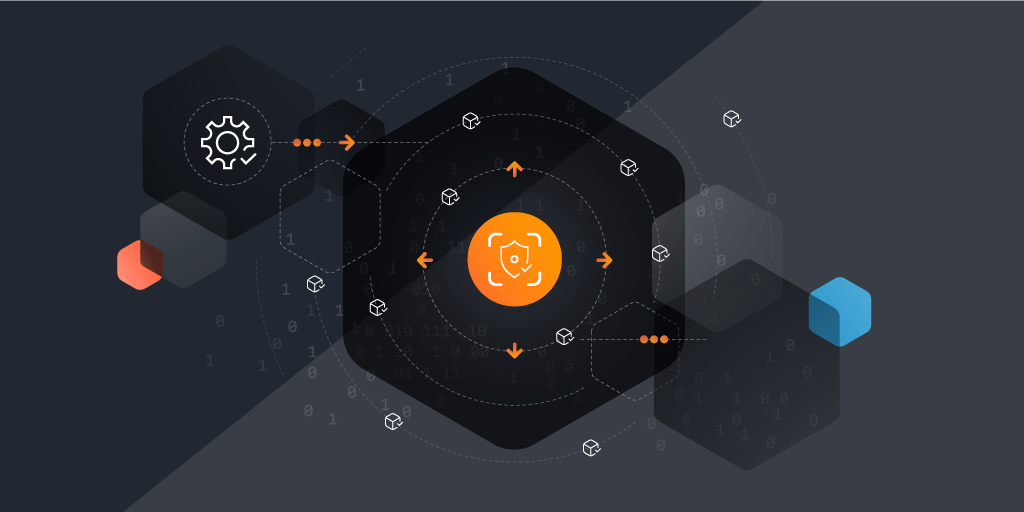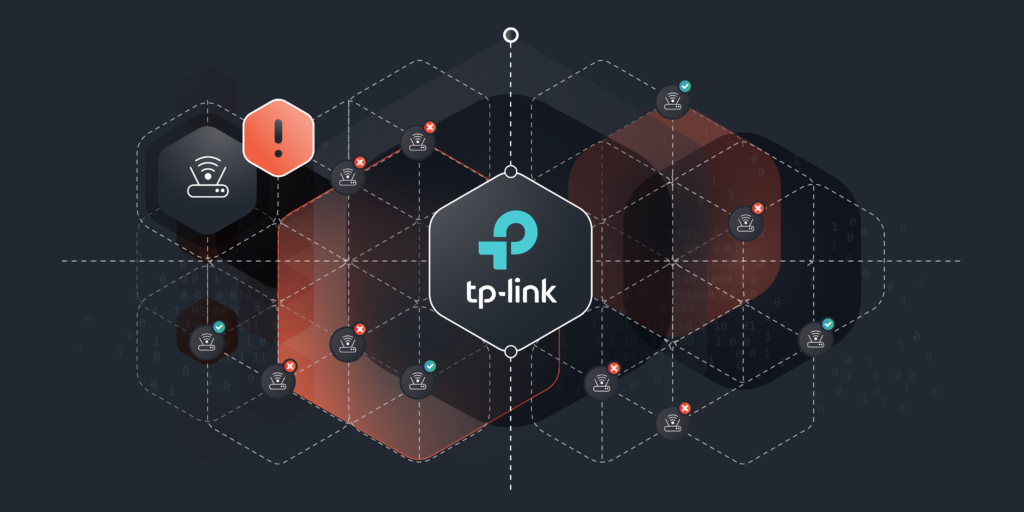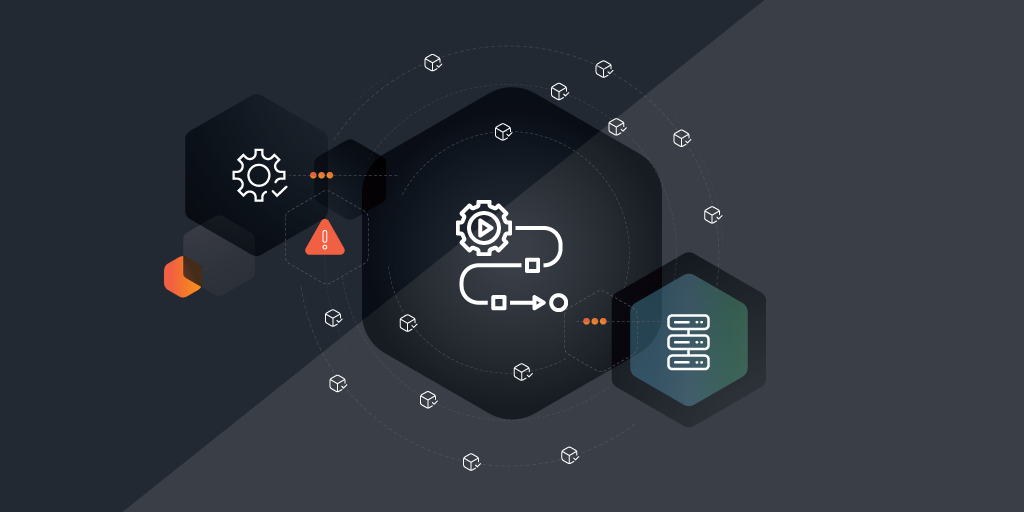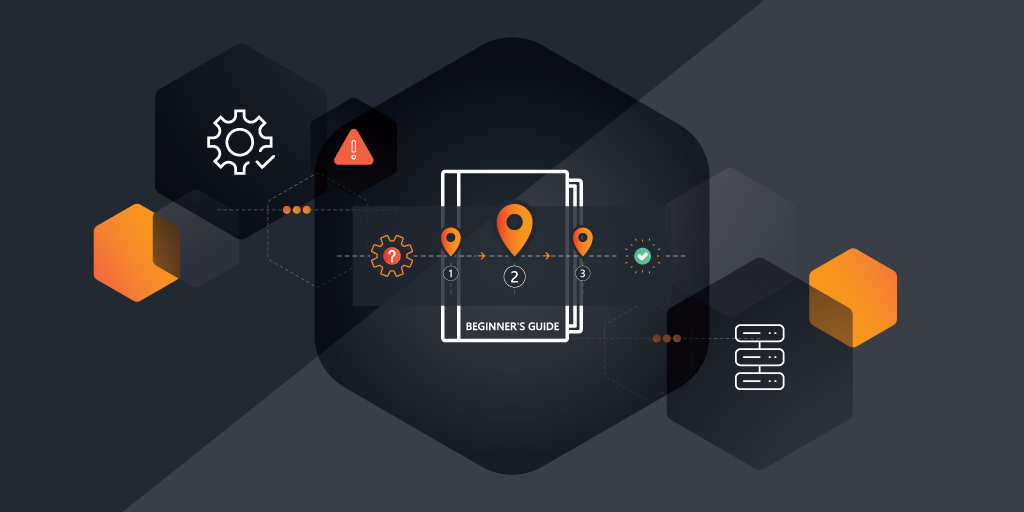
From CAASM to Risk Managament
While advanced cybersecurity tools and protocols are essential, the foundation of a robust cybersecurity strategy often lies in the basics: understanding and managing assets efficiently. This process is not just about keeping track of hardware and software; it’s about ensuring that every asset is accounted for, protected, and optimized, to support the broader goals of your business. When done right, asset management not only strengthens your company’s security posture but also plays a key role in incident response, compliance, and overall risk management. By having a comprehensive view of all assets and their associated risks, your business can more effectively prevent, detect, and respond to threats, ultimately safeguarding your operations and your reputation.
The Importance of Comprehensive Asset Management
Understanding the Role of Asset Management in Cybersecurity
Asset management is the process of identifying, tracking, and managing your company’s physical and digital assets throughout their lifecycle. In the context of cybersecurity, assets include hardware, software, data, and even personnel who interact with these resources. Effective asset management ensures that your business has a clear understanding of what assets it owns, where they are located, and how they are being used. This visibility is crucial for protecting sensitive information, maintaining operational integrity, and ensuring that security measures are effectively applied across the entire infrastructure.
Benefits of Comprehensive Asset Management in Enhancing Security
Comprehensive asset management offers numerous benefits in enhancing cybersecurity. First and foremost, it provides a clear inventory of all assets, which is the foundation for implementing security controls. By knowing what assets exist and their configurations, your business can prioritize security efforts based on risk and criticality. Asset management also helps in identifying vulnerabilities, as outdated or unpatched assets are often prime targets for cyberattacks.
Furthermore, asset management supports compliance with regulatory requirements. Many regulations, such as GDPR, HIPAA, and ISO standards, require your business to have accurate records of its assets and security statuses. By maintaining a comprehensive asset inventory, your company can demonstrate compliance and avoid costly penalties.
Key Elements of an Effective Asset Management Strategy
An effective asset management strategy encompasses several key elements:
1. Asset Inventory: A complete and up-to-date inventory of all assets, including hardware, software, and data.
2. Asset Classification: Categorizing assets based on their importance and the level of security they require.
3. Lifecycle Management: Managing assets from acquisition to disposal, ensuring that security is maintained at every stage.
4. Risk Assessment: Continuously assessing the risks associated with each asset and implementing appropriate security controls.
5. Integration with Cybersecurity Tools: Ensuring that asset management systems are integrated with cybersecurity tools for real-time monitoring and threat detection.
Integrating Asset Management and Cybersecurity Controls
How Asset Management Enhances Security Controls
Asset management enhances security controls through optimization, providing the necessary visibility and context for decision-making. For example, knowing the exact configuration of a device allows for more accurate vulnerability assessments and patch management. Additionally, asset management ensures that security policies are consistently applied across all assets, reducing the risk of unprotected or misconfigured devices being exploited.
By integrating asset management with cybersecurity controls, businesses can automate the enforcement of security policies. For instance, if an asset is found to be out of compliance, it can be automatically flagged for remediation, reducing the window of opportunity for attackers.
Best Practices for Integrating Asset Management and Cybersecurity
To effectively integrate asset management with cybersecurity, here are some best practices you should follow:
1. Centralize Asset Data: Maintain a single source of truth for asset data that is accessible to both IT and security teams.
2. Automate Asset Discovery: Use automated tools to continuously discover and update the asset inventory, ensuring that no assets are overlooked.
3. Implement Role-Based Access Control (RBAC): Ensure that access to assets and their management is restricted based on the user’s role within your organization.
4. Regular Audits and Reviews: Periodically audit the asset inventory and security controls to ensure they are accurate and effective.
The Impact of Asset Management on Incident Response and Remediation
In the event of a security incident, asset management plays a crucial role in both response and remediation. Having a comprehensive asset inventory allows you to quickly identify affected assets, understand their configurations, and determine the impact of the security breach. This information is vital for containing the incident and preventing further damage.
Managing Third-Party Cyber Risks with Asset Management
To mitigate third-party cyber risks, you should implement asset management practices that extend to third-party assets and relationships. This includes maintaining an inventory of third-party assets, monitoring their access and activities, and ensuring that they are subject to the same security controls as your internal assets.
You should also establish clear contractual agreements with third parties that outline security requirements and responsibilities. Regular audits of third-party compliance with these agreements can help ensure that your security standards are consistently met.
Cybersecurity Asset Management Best Practices
Creating an Asset Inventory for Effective Cybersecurity Management
An accurate and comprehensive asset inventory is the cornerstone of effective cybersecurity management. Automated discovery tools should be used to continuously scan for new assets and update your inventory. This inventory should include detailed information about each asset, such as its configuration, location, and associated risks.
Establishing Asset Classification and Risk Prioritization
Once your asset inventory is established, classify your assets based on their importance to the business and the level of security they require. This classification enables risk prioritization, allowing you to focus your security efforts on the most critical assets.
Regular Asset Monitoring, Vulnerability Scanning, and Patch Management
By continuously monitoring your assets, you’re detecting vulnerabilities and potential threats before they can become a problem. Your business should implement regular vulnerability scans and patch management processes to ensure that all your assets are up to date with the latest security patches. This proactive approach helps you to reduce the attack surface and prevent exploitation of known vulnerabilities.
The Role of Asset Management in Incident Response
Utilizing Asset Management Data for Rapid Incident Detection and Response
In the event of a security incident, having access to up-to-date asset management data is invaluable. This data allows you to quickly identify the affected assets, assess the scope of the incident, and determine the appropriate response. By leveraging asset management data, you can accelerate your incident response and minimize the impact of the breach.
Effective Asset Tracking and Forensic Analysis During Incident Investigations
Effective asset tracking is crucial during incident investigations. By maintaining detailed records of asset configurations, access logs, and changes, your business can conduct thorough forensic analyses to understand how the incident occurred and what assets were compromised. This information is critical for identifying the root cause of the incident and preventing future occurrences.
Maintaining Audit Readiness with Accurate Asset Documentation
Accurate asset documentation is crucial for audit readiness. Your company should ensure that its asset inventories are up to date and that all changes to assets are documented. This documentation not only supports compliance but also provides a clear trail of asset management activities that can be reviewed during audits.
Aligning Asset Management Practices with Industry Standards and Frameworks
Aligning asset management practices with industry standards and frameworks, such as NIST, ISO 27001, and CIS Controls, ensures that your business is following best practices for cybersecurity. These standards provide guidelines for asset management, risk assessment, and security controls that help companies maintain a strong security posture.
Asset management begins with a thorough understanding of what you own—every device, software, and data asset in your network. It all starts with asset discovery, the crucial first step to gaining full visibility and control over your IT environment. Take the first step toward stronger security today and see how effective asset management can transform your organization’s cybersecurity posture.
Lansweeper’s offers unrivaled IT asset discovery that gives you the insight you need into your organization’s technology estate. Over 400 ready-made or custom reports help you find relevant asset data and remain audit-ready. Thanks to detailed risk insights and lifecycle information you can easily detect at-risk assets, so you can prioritize your cybersecurity efforts and resource allocation. Thanks to comprehensive network diagrams you can easily see the position of each individual asset in your network and their configuration. This way you can better assess the potential impact of a security breach or locate at-risk devices in case of an incident.
Try Lansweeper now and make asset discovery the foundation of your cybersecurity strategy.


